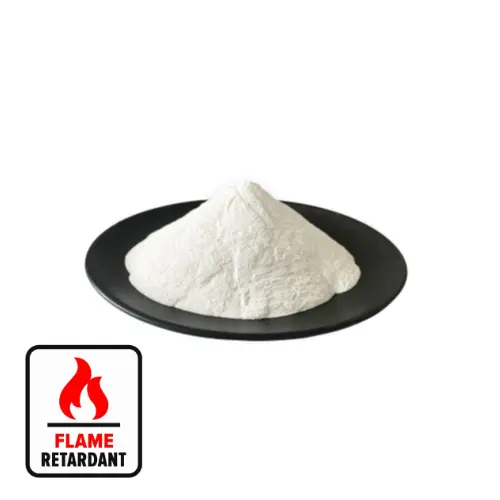Hebei Messi Biology Co., Ltd. stated that from the development trend of magnesium hydroxide research, from the 1980s to the 1990s, the United States, Japan and other countries studied various crystal forms of magnesium hydroxide. The main purpose is to improve the physical, chemical and mechanical properties of magnesium hydroxide added to the polymer, especially to improve the mechanical properties of flame retardant materials. For example, the prepared magnesium hydroxide not only has a crystal structure, but also can reach nanometer size (1nm~10nm). After it is added to the polypropylene matrix, it has certain properties of steel and can replace steel. It shows that after nanomaterials are added to the polymer matrix, they have special physical, chemical and mechanical properties, and can function as high-strength alloys (i.e. non-metallic alloys). Therefore, it is very meaningful to carry out research on nanomaterials.
In the scientific research of nanomaterials, it has developed rapidly in the past 20 years, and our country has reached the world’s advanced level in some aspects. At present, the research on nanomaterials has involved many aspects. In terms of research on nano-magnesium series, it began to develop in the 1990s, and the first thing studied was nano-magnesium oxide. Our country has reported research on the preparation technology, structure and physical and chemical properties of nano-magnesium oxide since the mid-1990s. However, the research on nano-magnesium hydroxide has not yet attracted attention. Foreign countries have just begun to study it, and there are only a few patents with the same content. Our country has not yet been involved in this field. Therefore, this field is basically blank. Our country should get involved in this field as early as possible and carry out research on basic development technologies. The development of nano-magnesium hydroxide is also very beneficial to the preparation of nano-magnesium oxide.
A key technical issue in preparing nano-magnesium hydroxide is to ensure that the particles do not agglomerate once or multiple times and have high stability, which involves many technical and process issues that need to be solved. Generally, gelatin is easily produced when preparing magnesium hydroxide. Without treatment, particle agglomeration can easily occur. Therefore, when precipitating under appropriate conditions, an effective dispersant needs to be added so that the generated magnesium hydroxide particles will not agglomerate after surface modification and thus exist stably. In fact, the agglomeration problem runs through the entire process, so solving the agglomeration problem (not just magnesium hydroxide) is not an easy task, and the difficulty is not small.
Hebei Meixi Biological Co., Ltd. stated that the above issues are just a prediction to open up a new field of magnesium hydroxide. In terms of development, it is very promising to get involved in the field of developing nano-magnesium hydroxide.

